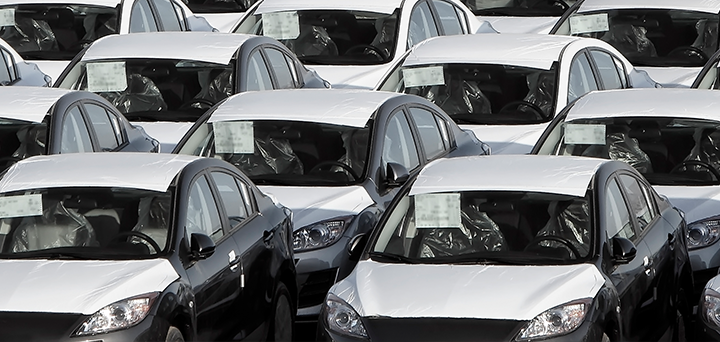Current challenges for Mexican automotive industry

Mexico City has suffered from a high concentration of pollutant particles during the last months. This situation has made the local government to activate the environmental contingency plan. For that reason, citizens have had to stop driving their cars twice a week in order to favor the natural cleaning of air. Although this ecological measure has not given good results, it questions the Mexican automotive industry about its current business model.
According to Maria de Lourdes Ortega, VP of the central region of the Transformation Industry National Chamber (CANACINTRA), 80% of more than 3,000 companies that operate in the metropolitan area of Mexico Valley had not reduced their carbon dioxide emissions into the atmosphere, although Mexican Climate Change Law stipulates it as an obligation.
Just 600 corporations of automotive, chemical and manufacturing industries have adjusted their processes in order to emit 30% less of pollutant gases. So, in terms of production, the Mexican automotive guild appears as one of the most committed with environmental care. But, what happens with the thousands of vehicles that are made every year? Are they really the main pollution source in big urban areas such as Mexico City or Beijing?
The current vehicle fleet in Mexico is about 23 million cars and 40% of them circulate in its capital. However, as Eduardo J. Solis, President of the Mexican Automotive Industry Association (AMIA) asserted, the emissions does not come from new vehicles but from old ones, for example, the trucks and buses dedicated to passenger and freight transportation. In this sense, Solis has asked the government of Mexico City to develop a new legal framework on vehicle inspection and economic incentives to foster car renewal in the region.
The environmental contingency and every circumstance related to climate change has made the national automotive industry to rethink its actions. Although the revenues of this sector integrate 4% of Mexico’s GDP, surpassing the revenues of petrochemical and tourism industries together, global warming and habits of millennial users cannot be ignored.
Mainly, regarding to PWC Mexico study Re-inventing the wheel: Scenarios for the transformation of automotive industry, there are four challenges that the sector has to face in short term so that it can keep its successful status:
Climate change and source scarcity
Oil and gas has become a very scarce source and it will be less abundant gradually. Considering the high pollutant properties of this materials, it is essential that automotive companies create new systems of fuel efficiency for their vehicles so that they are not catalogued as irresponsible or sanctioned by inducing global warming.
Car-sharing and ride-sharing
On the one hand, car owners are sharing their vehicles to save time and money when driving in the city. On the other hand, young is not really interested in having their own car and prefer to use services like Uber as their daily transport. This does not implies the automotive business failure, but an opportunity to focus products on new consumer necessities.
Development of emerging markets
Even though Mexico appears as a growing paradise for this industry, China is definitely the world’s largest automotive market and assembly location. Moreover, emerging economies such as Brazil, India and Indonesia are becoming attractive to foreign investment due to tax breaks that are specially designed for transnational companies.
Technological advances in terms of mobility
Migration to sustainable energy sources seem to be the solution of air pollution in big cities. However, producing electric cars is just one step in the technological evolution of automobiles. Self-driving cars, hyperconnectivity and in-vehicle entertainment are trends that car users are looking for these days, so the industry should keep innovating in this aspects.
Depending on whether environmental regulations become liberal or restrictive and whether the consumers tend to shared mobility or private usage, the automotive companies should reorient their business models in each country. Nevertheless, an specific production and sales strategy should be made since now to be ready for future conditions.

